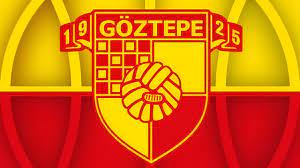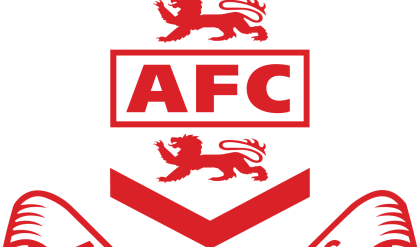Rosario Central FC, a cornerstone of Argentine football, is renowned for its passionate fan base, storied history, and competitive spirit. As one of the most influential clubs in South America, Rosario Central FC has continually contributed to the evolution of football in Argentina and beyond. Established in the heart of Rosario, this club embodies a rich tradition intertwined with local culture, national success, and an unwavering commitment to excellence. Throughout this comprehensive exploration, we will delve into Rosario Central FC’s origins, its most notable achievements, current developments, and future prospects, painting a vivid picture of a club that remains a symbol of pride and resilience.
The Origins and Early Years of Rosario Central FC
Understanding Rosario Central FC’s history begins with tracing its roots back to the late 19th century. Founded in 1889 in the city of Rosario, this club has a legacy that predates many other Argentine institutions. Its inception was driven by a group of young enthusiasts who sought to create a local team that could represent Rosario on the national stage xx 88.
The club’s early years were characterized by a fervent pursuit of competitive excellence and community engagement. Rosarino culture, with its deep regional pride, played a pivotal role in fueling the club’s identity. Over time, Rosario Central FC established itself as a formidable presence in local tournaments, showcasing its talent and resilience.
Founding and Initial Development
The establishment of Rosario Central FC was a community effort, reflecting the city’s vibrant social fabric. The club’s founding members aimed to create an outfit that not only competed but also fostered regional identity. The initial years involved intense grassroots efforts, including acquiring equipment, organizing local matches, and building a supporter base.
The club’s emblematic green and white colors became symbols of unity and hope for the local community. Early matches often drew large crowds, cementing Rosario Central FC’s reputation as a club rooted in local pride. The club’s first official matches were played in regional leagues, where they quickly gained recognition for their aggressive style of play and strategic discipline.
Development in the 20th Century
As Rosario Central FC grew, it moved beyond local competitions, entering national tournaments and gradually establishing itself as a competitive force. The club’s early successes laid the foundation for future achievements, including its first major titles in the 1910s and 1920s.
Throughout the early-to-mid 20th century, Rosario Central FC experienced periods of both triumph and adversity. Post-World War II, the club capitalized on burgeoning football professionalism in Argentina, attracting talented players and coaching staff. The 1950s marked a golden era with victory in regional championships and a strong showing in national tournaments, laying the groundwork for a club with a rich competitive legacy.
Key Challenges and Resilience
Despite facing economic and social challenges, including political upheaval within Argentina, Rosario Central FC demonstrated resilience. Its community-driven approach helped sustain the club through turbulent times, and its commitment to developing young talent became a vital part of its strategy. The club’s resilience was vividly demonstrated during periods of relegation and tough seasons, when the solidarity of fans and players united in support.
The Role in Argentine Football Evolution
As Argentine football evolved in the 20th century, Rosario Central FC balanced local tradition with national ambitions. The club contributed significantly to the Argentine Primera División, becoming one of the league’s most consistent and influential teams. Its rivalry with Newell’s Old Boys, another Rosario-based club, added regional intensity to Argentine football, further cementing Rosario Central FC central role in the sport’s cultural fabric.





